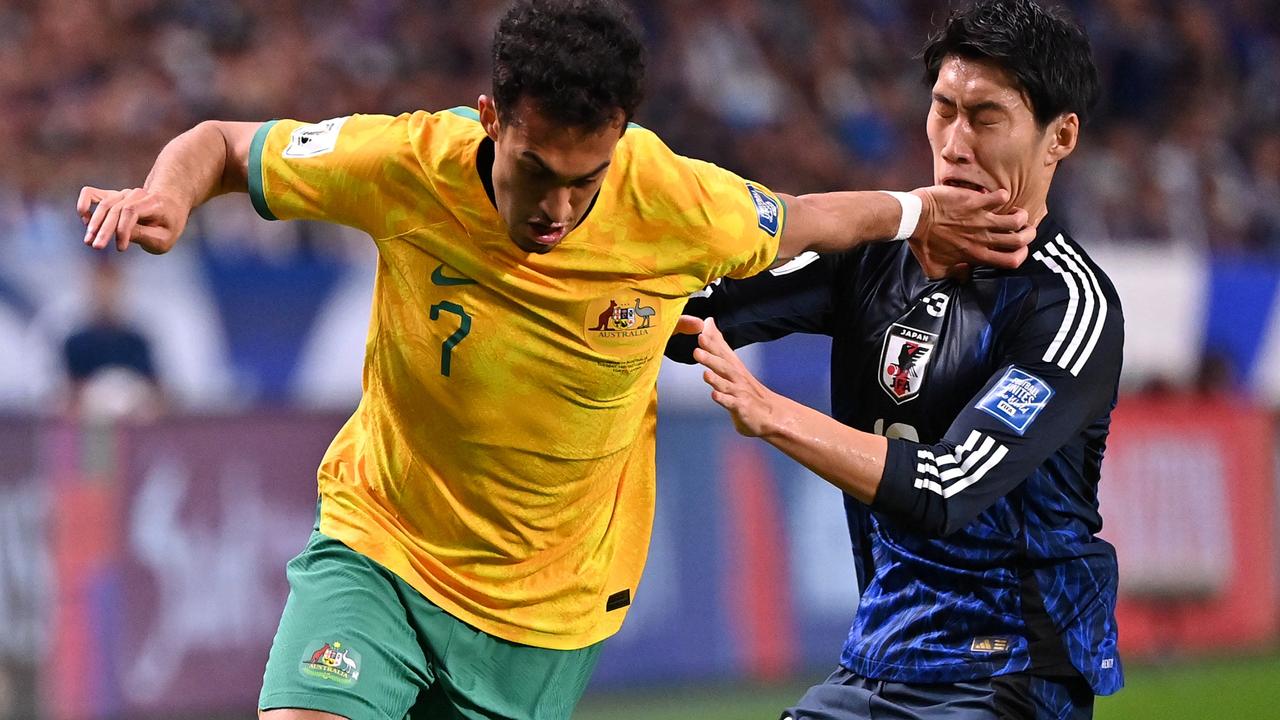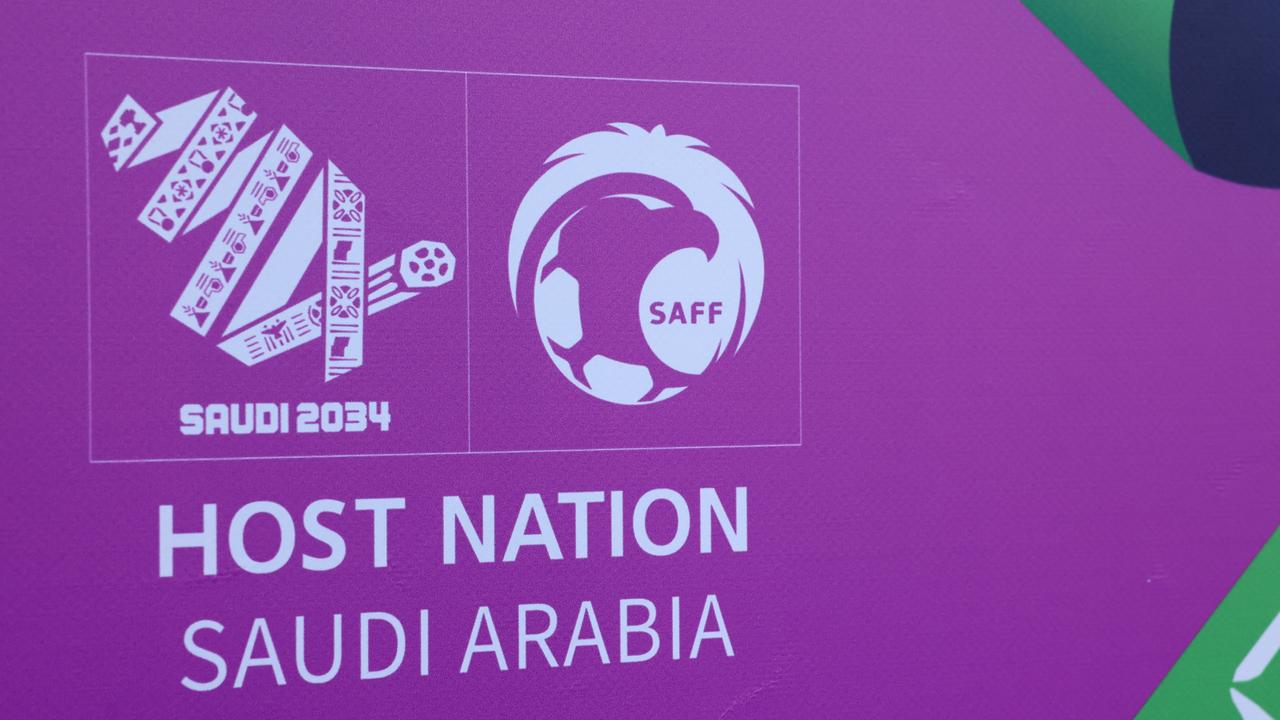Sport — especially football — reigns supreme when it comes to linking people through culture
WE want to see the Socceroos do well because they represent us, but also because we feel that we’ve played a part in creating them.
World Cup
Don't miss out on the headlines from World Cup. Followed categories will be added to My News.
Events such as the soccer World Cup in Russia are about more than a bunch of blokes (or women) kicking a ball around a park.
Sport carries mass and popular culture, the culture of youth and minorities. Perhaps, though, the way it carries national cultures — or is purported to — gets particularly noticed.
“The principle weapon of the Australians is their mental approach,’’ a French journalist said about the Wallabies some years ago. The aim, he wrote in the French daily Liberation, is less to win for one’s “country, flag or for history” than for one another.
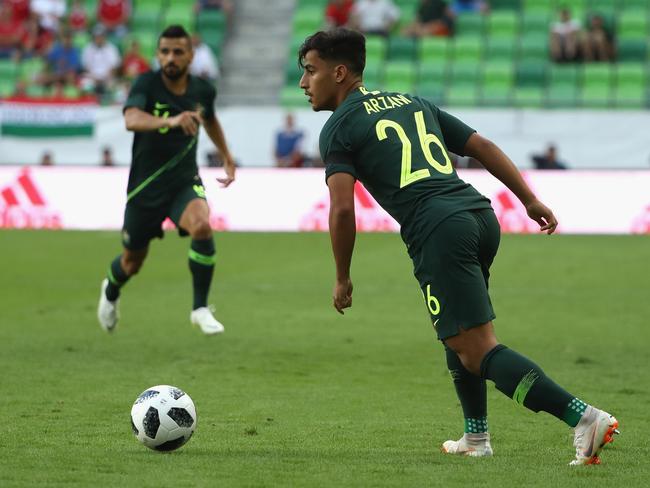
“They play for the other members of the team, their mates (in English in the text). They’re competitive until the end for the guy who defends next to them on the line. And it’s this dynamic of active solidarity that makes them so formidable.”
Who wouldn’t be touched by the story of Daniel Arzani?
The 19-year-old who came to Australia from Iraq aged seven and has just become the youngest player ever to make the Australian World Cup Squad.
To the bemusement of fellow rail passengers, I found myself screaming at my iPhone on the Munich Underground upon reading the news: “Go, son, go!”
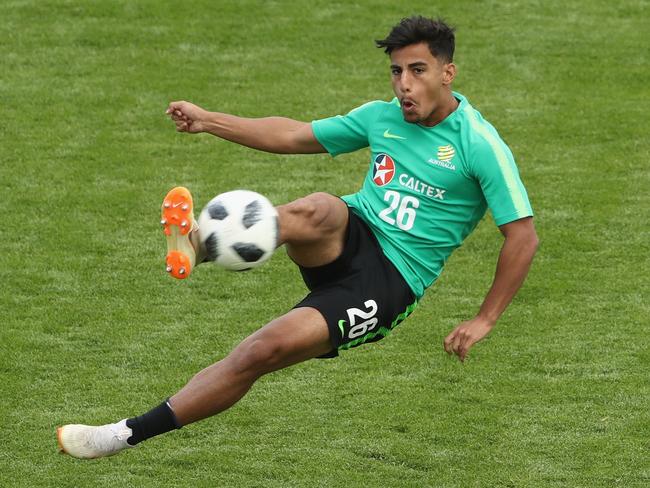
Arzani’s parents told reporters he thought he wanted to be either a neurosurgeon or a footballer before choosing to be a footballer.
CHECK FRESH WORLD CUP NEWS AND HEADLINES
BEGINNER’S GUIDE TO THE WORLD CUP
When his father, speaking for the family, said he loved Australia and its “culture” it was presumably not the art galleries or the architecture he was talking about but the environment that enabled young Daniel to dream of being both a Socceroo and a brain surgeon; remembering, of course, that the “loved” culture also created the art galleries and a lot of the art that’s in them.
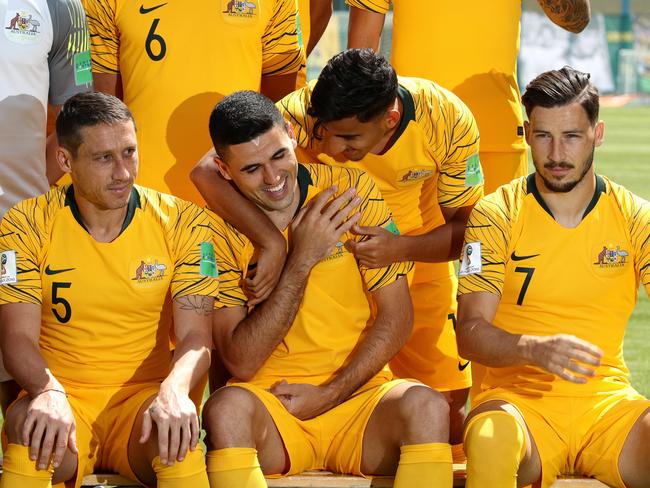
The products of culture — a symphony orchestra or dance troupe — bring hundreds, even thousands, of people into contact with each other. Never more so than when sport is concerned and especially if that sport is football.
THE NIGHT THAT TRIGGERED SOCCEROOS PARTICIPATION IN FIRST OF FOUR STRAIGHT WORLD CUPS
The soccer World Cup, starting in Russia this week, is by far the biggest single-sport competition in the world.
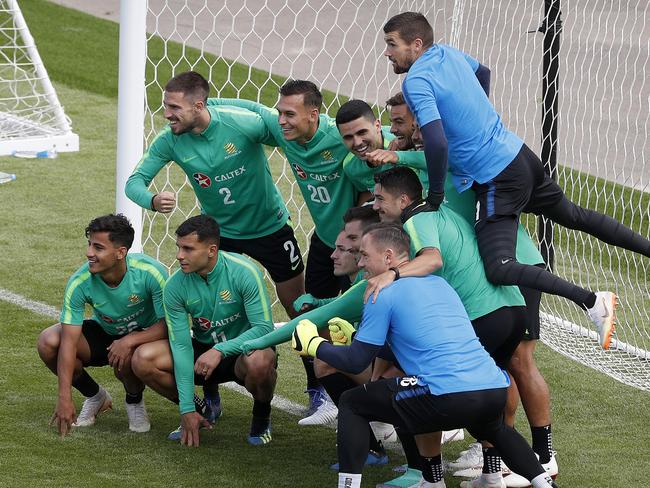
Seen from abroad, sport in Australia looks tribal, as elsewhere, but not in a violent sense — off the field, there are neither hooligans nor skinheads nor black-clad anarchists marauding in the streets.
To borrow from historian Manning Clark’s famous phrase, where sport is concerned there’s no “blood on the wattle”.
Yes, there have been ethnicities associated with domestic soccer clubs, but that has receded with Australia winning through to the finals of the past four World Cups.
SUPERSTARS SET TO LIGHT UP THE 2018 WORLD CUP
LAZY TO LETHAL: ROGIC’S RISE TO WORLD CUP STARDOM
In fact, Australian sport appears both intensely international and intensely local (the creation from scratch of our own football code is testament) and usually a source of integration for non-Anglo Australians and pride and expression for indigenous Australians.
We want to see the Socceroos do well because they represent us, but also because we feel that we’ve played a part in creating them. They are us.
Richard Ogier is an Australian journalist and consultant in Munich. He is a former Australian Embassy press attache in Paris
Originally published as Sport — especially football — reigns supreme when it comes to linking people through culture

